Cold, cold, cold! This summer was the coldest in 9 YEARS in Britain, Met Office confirms
If you’re reaching for sweaters more often than T-shirts this summer, you’re not alone.
The Met Office has confirmed that this summer in Britain was the coldest since 2015.
The average temperature in the UK in June, July and August was just 14.37°C. That is 0.22°C lower than the long-term average.
“I don’t think it will surprise anyone that this summer has been cooler than average in the UK,” explains Met Office scientist Emily Carlisle.
‘The average temperatures in June and July were below average, and in August the temperatures were only slightly above.’
Average temperatures in the UK were just 14.37°C in June, July and August – 0.22°C below the long-term average
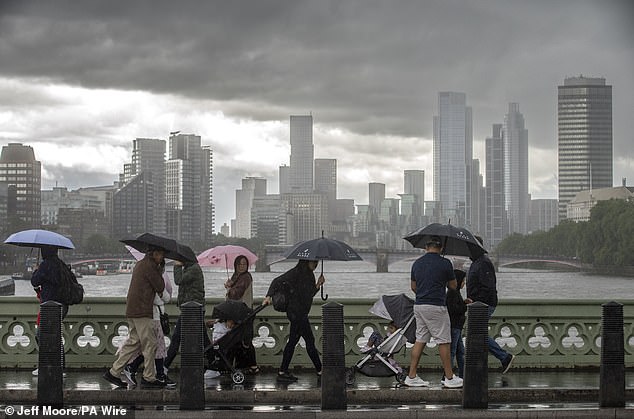
If you’ve been reaching for your jumpers more often than your T-shirts this summer, you’re not alone. The Met Office has confirmed that this summer has been the coldest in Britain since 2015
| Area | Average temperature (°C) |
|---|---|
| United Kingdom | 14.37 |
| England | 15.66 |
| Wales | 14.25 |
| Scotland | 12.38 |
| Northern Ireland | 13.61 |
According to the Met Office, the last time it was this cold in summer was in 2015, when the average temperature was just 13.91°C.
“We did have some heatwaves and periods of warm weather, but they were quite short-lived and conditions were quite unstable over the whole three-month period,” Ms Carlisle added.
‘August was the wettest month of the summer, with some places in Scotland receiving twice the average amount of rain during the month. Storm Lilian brought strong winds and heavy rain towards the end of the month.’
Although the average temperature across the UK was low, the Met Office points out that there was some regional variation.
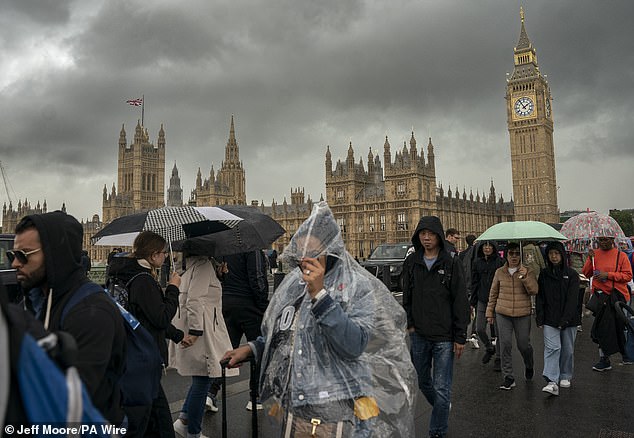
“I don’t think it will surprise anyone that this summer has been cooler than average for the UK,” explained Met Office scientist Emily Carlisle
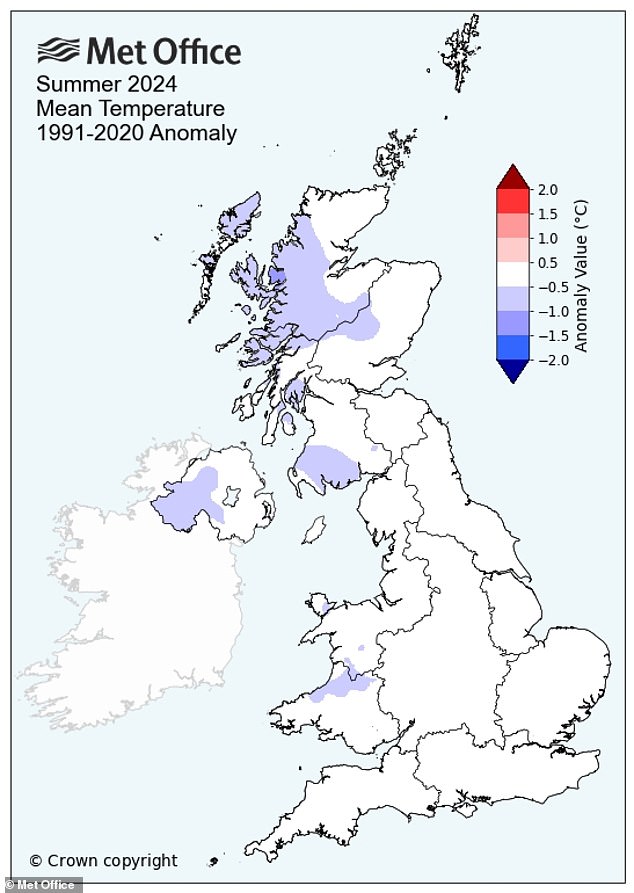
Although the average temperature across the UK was low, the Met Office points out that there was some regional variation. England was just 0.07°C below average, while Scotland and Northern Ireland were 0.40°C and 0.45°C below average respectively.
In England, temperatures were just 0.07°C below average, while Scotland and Northern Ireland were 0.40°C and 0.45°C below average respectively.
Cambridge has recorded its highest temperature of the year so far, with a temperature of 34.8°C on August 12.
This summer’s average temperature is cold compared to the 1991-2020 average, but should actually be warmer than average compared to the 1961-1990 average.
‘While this summer may have felt cool compared to previous years, it is important to know where it sits in a historical context. The UK’s changing climate is making summers more likely to be warmer, as our observations show,’ Ms Carlisle explains.
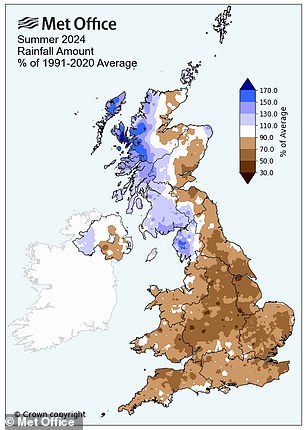
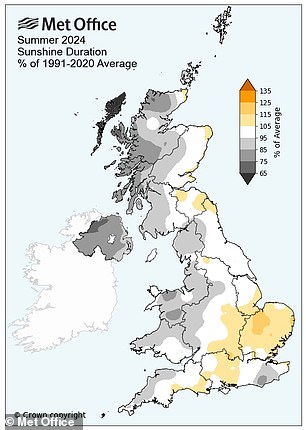
In the summer of 2024, 241.3 mm of rain fell, while there were 491.6 hours of sunshine
‘While climate change is causing the UK to get warmer more often, our natural fluctuations mean we will still experience cooler summers than average at times.’
In terms of rainfall, 241.3 mm fell in the summer of 2024, which is five percent less than average.
Scotland, however, was particularly wet, with 373.8mm of rainfall – 19 per cent above average.
In England, by contrast, only 159.4mm of rain fell, 23 percent less than the seasonal average.
This summer, the sun shone for an average of about 491.6 hours, which is 97 percent of the long-term average.
Southern England was slightly sunnier than Wales and Scotland, while Northern Ireland had the least sunlight, with just 82 percent of the long-term average.
According to Ms Carlisle, the cold conditions in June and July were caused by a cold air current from the Arctic.
‘This was largely due to northerly winds bringing cold air from the Arctic to the UK in June and July, while in August there were more westerly winds bringing slightly warmer air from the Atlantic,’ she added.
